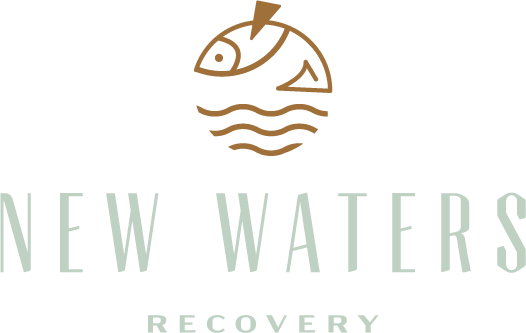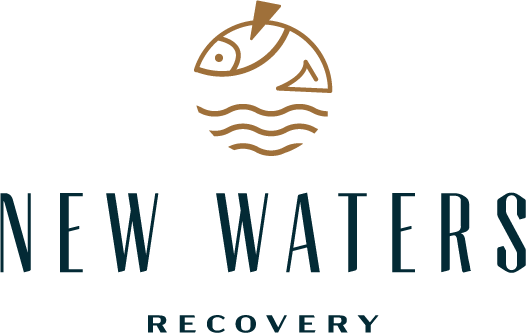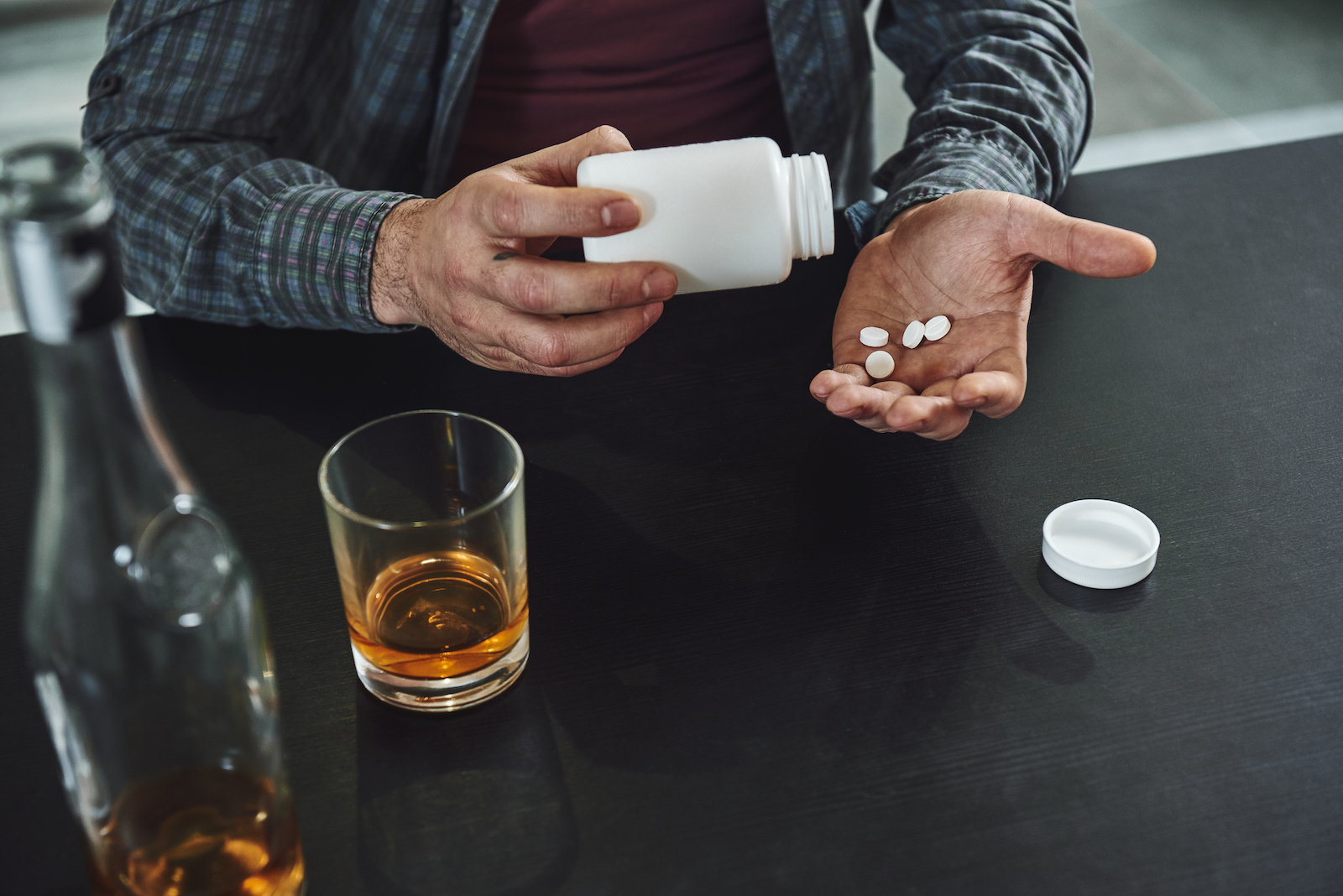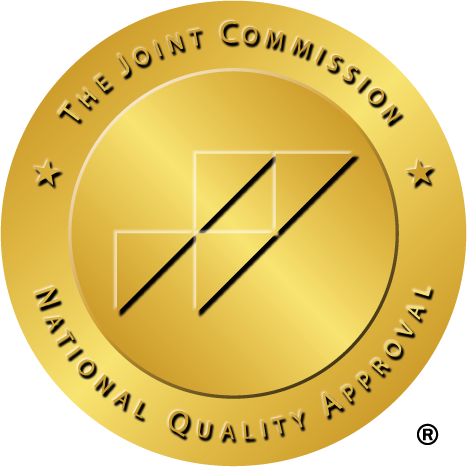Table of Contents
A lot of people who deal with substance use disorders actually use more than one substance at a time, which can change the way their substance use disorders need to be handled and treated.
polysubstance use happens for different reasons, requires different kinds of support and treatment, and is generally more complicated than single substance use disorders.
The good news is that, like all substance use disorders, there are treatments and options out there for you, and there are a lot of resources that can help with polysubstance use disorder.
If you or someone you love is using more than one drug, it’s important to understand how polysubstance abuse works, the signs and symptoms of polysubstance abuse, and the risks of continuing to use more than one substance.
We’ll also address the needs and differences that make polysubstance abuse different and how you can get help for the condition, whether you’re the one dealing with the disorder or a friend or loved one is dealing with it.
What Is polysubstance Abuse & What Are Its Symptoms?
polysubstance abuse happens anytime someone takes more than one drug or mind-altering substance at the same time, specifically recreationally. Someone who has a lot of medications prescribed, even if some of those medications make them high, is probably not dealing with polysubstance abuse unless they take more of their medications than prescribed, or take them when they aren’t necessary.
There are two basic kinds of polysubstance abuse, knowing and unknowing, which may also be called consensual and .
Both are dangerous, but there are a few things that are different depending on which kind of polysubstance abuse you’re dealing with and how the polysubstance abuse got started.
Let’s start with unknowing:
Unknowing polysubstance Abuse
Unknowing polysubstance abuse happens any time someone takes a medication or drug intentionally but when that medication or the substance they take contains other substances at the same time.
This can happen when drugs are mixed with other drugs when someone slips a drug into someone’s drink, or if someone is told what they’re taking and it turns out there was more than one substance included or the substance they thought they were taking and the substance they took aren’t the same thing.
This kind of polysubstance use is particularly dangerous and can also sometimes be traumatic for the person who was given additional substances.
Unfortunately, even when the polysubstance abuse was unknowing and traumatic, it can still lead to addiction and substance use disorders, regardless of how the person feels about the additional substances.
polysubstance use can also increase the risk of overdose, especially unknowing polysubstance abuse. This happens because a lot of the drugs that get involved in polysubstance abuse, like opioids, benzodiazepines, alcohol, and cannabis, can have similar and compounding effects on your body that mean taking small doses of them together can be more dangerous than taking larger doses separately.
Because someone who is dealing with unknowing polysubstance abuse doesn’t know what substances they are getting, or how much of them, they may not dose appropriately.
Some substances that are commonly added to others, like fentanyl being added to other opioid medications to make them stronger, are particularly dangerous because there is such a slim margin of error before overdosing.
Someone whose polysubstance abuse is or started as unknowing polysubstance abuse may need additional support and a different therapeutic approach because they might be dealing with trauma and additional stressors that can make it more difficult to overcome their addiction or addictions.
Knowing polysubstance Abuse
Intentional or knowing polysubstance abuse is a bit of a different story than unknowing polysubstance abuse. Unknowing polysubstance abuse can sometimes transition into knowing polysubstance abuse, in which case it often needs to be treated and handled like both disorders are at play because the trauma and difficulty of unknowing polysubstance abuse are still there – and can contribute to the reasons someone would intentionally use more than one drug at the same time.
Knowing polysubstance abuse is also frighteningly normalized in some parts of our society.
For instance, things like intentionally using alcohol and cannabis at the same time, both drugs that have a fair amount of social acceptance, aren’t seen as much worse than using just one of those drugs.
polysubstance abuse is often a sign of addiction to one or multiple substances because the person using more than one drug may be combining them intentionally to increase the effectiveness and potency of each drug.
Peer pressure and social situations may also contribute to polysubstance abuse because people may feel more pressure to use more than one substance when other people are doing the same. Clubs, parties, and even concerts and some backstage events may all encourage this kind of drug use and can also make getting the drugs easier at the same time.
Often intentional polysubstance abuse is combined with other mental health disorders, social isolation, or other stressors that make risky behaviors seem more acceptable, or that make the person more likely to take drugs in an attempt to self-medicate.
It’s also important for people to know that having a substance use disorder related to a single substance may also make you more vulnerable to developing additional substance use disorders, possibly because the perceived risk of substance use decreases after you’ve already engaged in one kind of substance use.
Dangers Of polysubstance Abuse & Leaving It Untreated
There are a lot of dangers associated with polysubstance abuse.
For one thing, it’s often difficult or impossible for people using multiple substances to really understand the risks of combining each drug in different ways. Some combinations may not be substantially riskier than other combinations, but others are much more dangerous and can escalate into medically threatening issues very quickly.
Additionally, right now, the risk of getting fentanyl in other drugs is particularly high and particularly dangerous since fentanyl is incredibly potent, and getting even slightly too much fentanyl can be fatal.
polysubstance abuse may also make it harder to recognize and react to the symptoms of an overdose in time. The effects of one drug may also mask the symptoms of an overdose on another, which can delay the people around you from realizing what’s happened as well.
Because polysubstance abuse, by definition, involves the use of more than one substance at a time, it’s also possible that people will use more and more different kinds of drugs based on availability or price, with the risks increasing with each new substance they try.
Using a wide variety of different substances also leaves you vulnerable to all of the secondary risks of each substance. For instance, many drugs have the potential to increase the risk of certain cancers. Opioids and some party drugs may permanently alter the amount of neurotransmitters your body produces. Any drug that is smoked may cause respiratory illnesses and damage. Any drug that is injected leaves the user vulnerable to infections and any diseases carried on the needles, especially if those needles are ever reused.
There are a lot of reasons why polysubstance abuse is a problem, and why you should seek help as soon as you’re ready and able if you or a loved one are dealing with polysubstance abuse.
We’ve only been able to list some of the reasons polysubstance abuse is dangerous here, there are many more.
The Unique Needs Of polysubstance Abuse & How To Get The Help You Deserve
One of the challenges of polysubstance abuse is that there are often underlying problems that motivated substance use, and people who engage in polysubstance abuse often also experience more trauma either because of or directly related to their substance abuse.
That can make for a lot of problems that need to be addressed at once, and a lot of difficulties that need to be worked through and understood to really get on the road to recovery.
People who have had polysubstance abuse disorders in the past also face a lot of stigma in society, which can make it more difficult for them to speak about and seek support for their situation and the other difficulties in their lives.
Because polysubstance abuse may also involve chemical dependence on more than one substance, and often comes will some negative health effects from the drugs they used, which can make withdrawal more complicated.
While theoretically possible to detox and go through withdrawal with some support from friends and family at home, that’s not what we would recommend. For one thing, having medical assistance for your withdrawal can keep you a lot safer and help prevent relapsing and drug-seeking part way through withdrawal.
You should always talk with your doctor before starting a withdrawal, especially when you’re dealing with a poly substance withdrawal or require an inpatient detox program. That’s important because they might have recommendations or additional resources that can make it safer for you to withdraw.
If you’re serious about overcoming polysubstance abuse, you may want to consider a residential treatment center.
That’s because residential treatment centers can work to help make sure you have the medical care you need, keep you safer and healthier throughout the process, and start the hard work of addressing why you became addicted to more than one substance in the first place.
Ready to overcome polysubstance abuse but think you need and deserve a little extra help and support? Our North Carolina drug rehab can help. New Waters Recovery is renowned for being one of the top executive rehab centers, combining luxury treatment options with the convenience of accepting insurance. Contact us to learn more about our treatment options, intake process, and whether we have a program and the specialists you need and deserve.
Sources
- polysubstance use facts. Centers for Disease Control and Prevention. https://www.cdc.gov/stop-overdose/caring/polysubstance-use.html. Published February 23, 2022. Accessed September 13, 2022.
- Compton WM, Valentino RJ, DuPont RL. polysubstance use in the U.S. opioid crisis. Nature News. https://www.nature.com/articles/s41380-020-00949-3%20 Published November 13, 2020. Accessed September 13, 2022.
- Crummy EA, O’Neal TJ, Baskin BM, Ferguson SM. One is not enough: Understanding and modeling polysubstance use. Frontiers in neuroscience. https://www.ncbi.nlm.nih.gov/pmc/articles/PMC7309369/. Published June 16, 2020. Accessed September 13, 2022.
New Waters Recovery Editorial GUIDELINES
At New Waters Recovery, we take your health and wellness seriously. We have a thorough process in place to ensure the integrity of information that is displayed on our website. All content published to our site undergoes a rigorous medical review by a doctorate level clinician to ensure medical accuracy. Read More About Our Process






